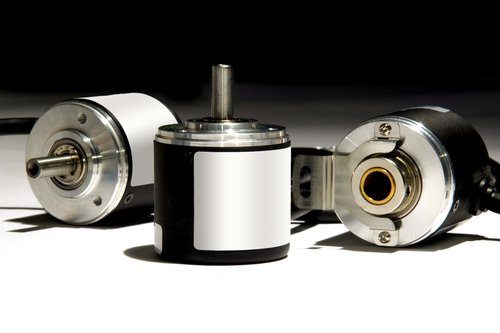
Almost certainly yes. Just ask yourself these questions…
- Do I apply science or technology in my transducer designs?
Make transducers or wound components? Check your R&D Tax eligibility…
- Do I try to keep my transducers technically and commercially competitive?
- When I’m improving my transducers, do I need to conduct tests or trials?
- Are my transducer designs innovative, in my opinion?
- Do I pay staff or subcontractors to design, trial, test or manufacture my transducers?
- The very fact that you strive to be competitive, year on year, probably means that there are qualifying costs and that you should be claiming R&D Tax Credits.
How can I check out my possible claim?
You need to speak to an R&D Tax specialist. They will confirm that you can claim and estimate the claim value. A reputable R&D Tax specialist will not expect to charge for this preliminary information.
How do I claim?
Once you are informed, then you can make a claim/no claim decision.
Your R&D Tax specialist will prepare a Technical Justification for your claim and will also help your internal accounts person to build the qualifying costs.
You pass the qualifying cost figure and the Technical Justification to your own Accountant and instruct them to submit the claim.
How much does it cost to claim?
Most R&D Tax specialists charge a percentage of the successful claim and on a contingency basis. You shouldn’t pay more than 18%.
Be aware that some R&D Tax firms may insist on using their chosen tax Accountant and that this can incur additional costs. It makes sense to check first, before you commit. There is no reason why you cannot use you own trusted Accountant.
How long does it take?
HMRC are pleasingly efficient and often confirm the successful claim within 28 days. The cheque arrives just a few days later.
Jaime Lumsden, Director
